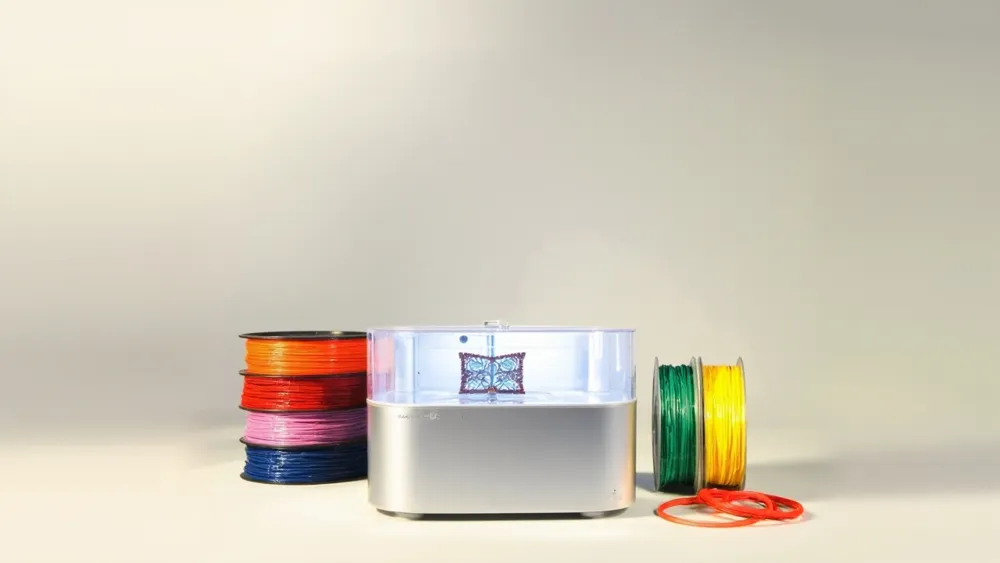Rise of Handheld 3D Printing

The recent unveiling of the world's first chip-scale 3D printer by a collaborative team from MIT and the University of Texas at Austin is a noteworthy milestone in the ongoing evolution of 3D printing technology. This innovation doesn't just represent a leap in the miniaturization of printers; it also opens a floodgate of potential applications across industries, notably in healthcare and rapid prototyping. Understanding this development is crucial, as it signals a shift toward more accessible and practical technology that can be wielded almost like a handheld tool.
This prototype, measuring smaller than a quarter, utilizes advanced micrometer-scale optical antennas to create reconfigurable light beams that rapidly cure specially designed resins under visible light. Traditionally, 3D printing relies on larger machines that are limited by their size and capabilities. This new chip-based printer, however, features no moving parts and integrates a simple design that could allow for portability. Applications could range from creating custom surgical instruments to producing scale models in engineering projects almost instantaneously, suggesting a future where rapid manufacturing seamlessly integrates into various workflows.
Indeed, the potential implications for such technology are profound. For instance, doctors could quickly print bespoke surgical tools directly at a patient's bedside, effectively marrying cutting-edge technology with immediate healthcare needs. Moreover, this technology's reliance on visible light curing not only broadens the scope of materials used but also enhances precision and control over the printing process. As researchers delve deeper into the intersection of silicon photonics and organic chemistry, the possibilities seem boundless. The fact that this printer can generate complex 2D patterns at the speed of mere seconds sets the stage for more advanced 3D structures in the near future.
In conclusion, the advent of a chip-scale 3D printer is more than just a technological feat; it represents a fundamental shift in how we view manufacturing and design. As we step into a future dominated by miniaturization and efficiency, one must ponder: What other technologies could be redefined by such innovative approaches? Will the day come when we can print fully functional devices in the palm of our hand?
Read These Next

Shanghai Lego Park Welcomes 7500 Visitors in One Hour
On July 5, LEGOLAND Shanghai opened to 7,500 visitors amid 39°C heat, boosting tourism and family entertainment.

Ozone Recovery and Ice Melt Interplay
A critical commentary on recent research linking ozone layer recovery to increasing polar ice melt.

AI's Double-Edged Sword in the Workforce
The article discusses the growing reliance on artificial intelligence in workplaces and the new opportunities arising from the need for human oversight to mitigate AI-related issues, illustrated through real-world examples.
